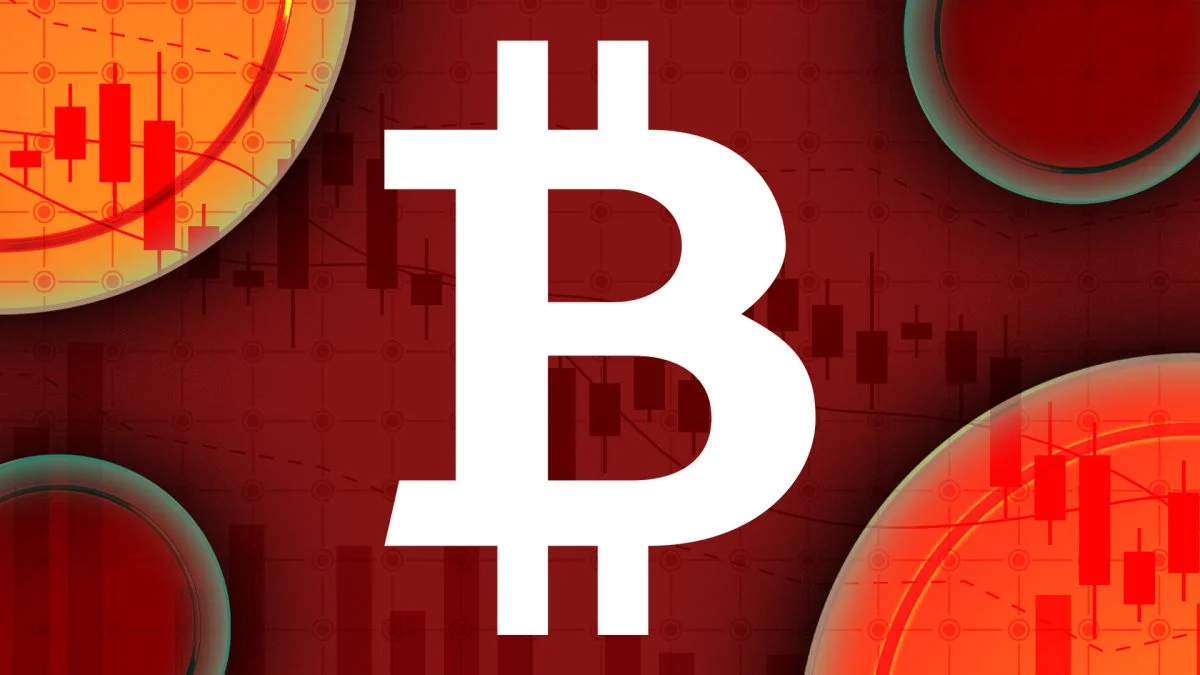The bitcoin price has dipped amidst waning optimism over potential rate cuts, a strengthening U.S. Dollar Index, and geopolitical tensions. This convergence of challenges has led the largest digital asset by market cap to drop over 3% in the last 24 hours, currently trading at $61,471 as of 5:11 a.m. ET, according to data from The Block’s Price Page.
The decline in bitcoin’s price commenced following remarks from U.S. Federal Reserve chair Jerome Powell, indicating that interest rates are likely to remain elevated for an extended period. Powell remarked during a Washington forum on Tuesday that the U.S. central bank may not achieve its 2% inflation target anytime soon. Reuters reported his statement: “Given the strength of the labor market and progress on inflation so far, it’s appropriate to allow restrictive policy further time to work and let the data and the evolving outlook guide us.”
Dampened optimism regarding an imminent rate cut may have also affected investor enthusiasm for spot bitcoin exchange-traded funds, with volumes declining from their peak in early March, as per data from The Block’s Data Dashboard.
Bitcoin’s struggle against a robust U.S. Dollar Index (DXY) is notable. TradingView data reveals that the DXY, which measures the dollar’s performance against major currencies, has surged 4.38% since January to hit a six-month high of 106.372 on Wednesday—marking its most robust five-day rally since February 2023. The increase in the DXY aligns with rising expectations of sustained higher interest rates, historically dissuading investment in risk assets like bitcoin. A stronger dollar often prompts investors to seek higher returns on bonds and term deposits, thus elevating demand for the dollar overall.
Moreover, ongoing geopolitical tensions, particularly the escalation of conflict in the Middle East, have instilled caution among investors.
Rennick Palley, founding partner at Stratos, noted that bitcoin typically experiences volatile price action before its block-reward halving. He sees short-term headwinds for bitcoin, attributing them to “equities markets in addition to crypto selling off due to fears of stubborn inflation and fewer rate reductions this year.” However, Palley highlighted that in the long term, a high inflation environment could benefit bitcoin due to its characteristics as a hard asset compared to continued money printing by central banks worldwide.
Looking ahead, the upcoming bitcoin halving event is significant. Programmed into the Bitcoin blockchain every four years, this mechanism halves the block reward miners earn. This time, each new block will yield 3.125 BTC, down from the current 6.25 BTC reward. According to The Block’s Bitcoin Halving Countdown Page, the halving is projected to occur on April 20, 2024, at 03:48 UK time, once the network reaches a block height of 840000. Historically, many of bitcoin’s gains have materialized 12 to 18 months after a halving, with diminishing supply coinciding with surging demand. For instance, following the 2020 halving, bitcoin’s price rose from less than $10,000 to over $67,000 by the peak in 2022.
